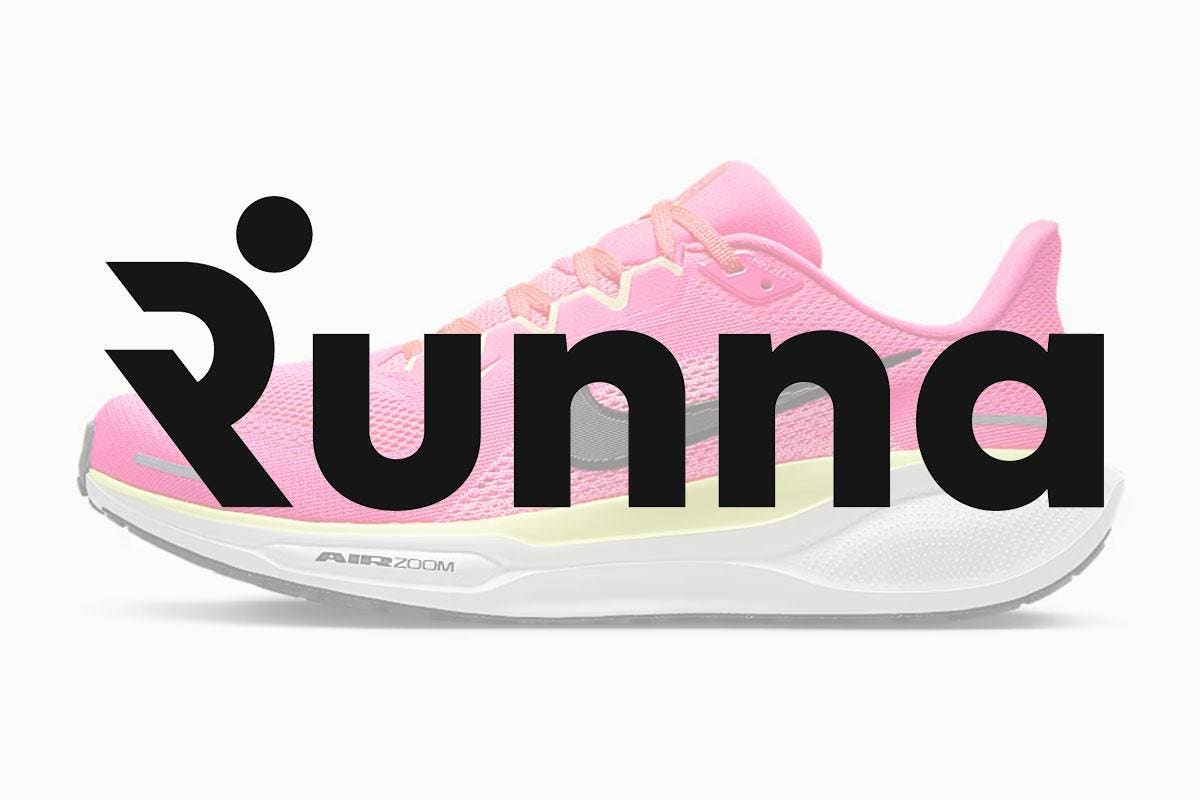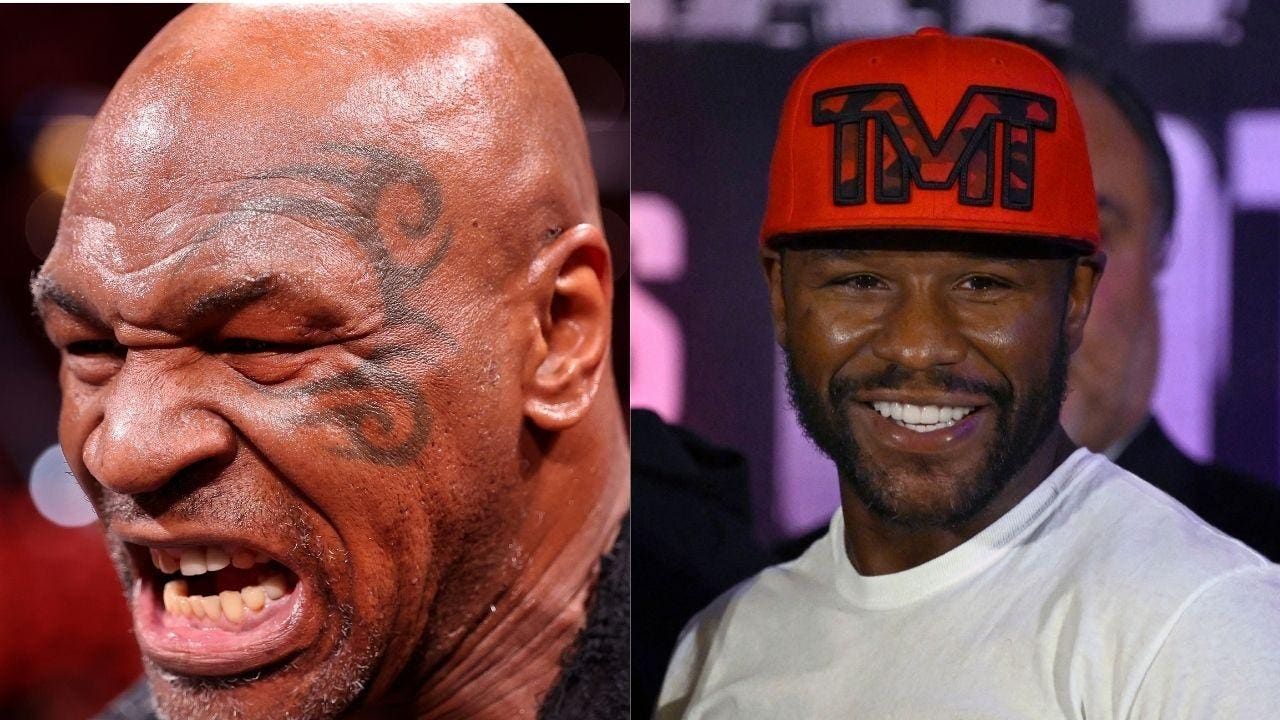vials with different substances over dollar, concept of copayment
getty
Biologic drugs, made from living organisms and usually taken by injection or infusion, are expensive treatments for complex chronic conditions such as cancer and autoimmune diseases. Biosimilars, clinically comparable to biologics and priced lower, create cost-saving opportunities for patients and plan sponsors. Many hoped that biosimilars would quickly gain ground once they entered the market. However, the reality has been disappointing.
A recent report from the Department of Health and Human Services found that, three years after market entry, biosimilars had captured only about half of the market on average. In contrast, generics—identical copies of small molecule, orally taken drugs—typically take 90% of the market within the same time frame. What explains such a gap in market penetration?
First, biosimilars are highly similar, but not identical, to their reference biologics, whereas generics have identical active ingredients to their branded counterparts. In the U.S., pharmacies can automatically substitute a generic for a prescribed branded drug, but cannot do so for biosimilars, discouraging their uptake.
Developing biosimilars requires significantly more money and time than developing generics: $100–$300 million and at least seven years, compared with $2–$10 million and within three years. While the initial entry prices of generics are discounted around 40% compared with their branded drugs, biosimilars achieve only a 5–25% discount.
Nevertheless, these savings could still give biosimilars a competitive edge in attracting price-sensitive patients. However, complex insurance arrangements, such as “rebate walls” erected by pharmacy benefit managers (PBMs), often leave patients with little incentive to choose biosimilars.
PBMs manage prescription drug benefits for plan sponsors, wield enormous power over a drug’s market share through utilization control strategies. They often prefer high-list-price, high-rebate biologics over low-list-price, low-or-no-rebate biosimilars, since PBMs retain a portion of the rebates as revenue. Unless Congress takes legislative action, rebate walls are likely to persist.
Additionally, the 340B Drug Pricing Program, which allows many hospitals and other dispensing facilities to purchase drugs at steep discounts and sell them at full prices, has been found to discourage biosimilar adoption, since biosimilars generate lower 340B margins for these facilities than more expensive biologics.
Moreover, biologic manufacturers are increasingly offering unbranded, lower-priced versions once their biologics’ market exclusivity expires, protecting their combined market share. PBMs have also begun launching their own biosimilars, in partnership with manufacturers, creating additional market-access barriers for independent biosimilar manufacturers.
Facing these strong headwinds, biosimilar manufacturers may consider bypassing the traditional insurance-based, PBM-controlled channel by directly contracting with self-insured employers, as well as direct-to-consumer pharmacies and clinicians. This approach highlights net price differences, enabling patients to save money instantly by choosing low-cost treatment options. Many major drug manufacturers have already established their own direct-to-consumer platforms.
Without intermediary markups and administrative complexities, direct-to-consumer channels can offer substantial savings. For example, a new study published in JAMA Network Open found that total spending for neurologic drugs through the Mark Cuban Cost Plus Drug Company (a direct-to-consumer pharmacy) would be only a fraction of spending through commercial insurance.
The streamlined direct transaction process, combined with biosimilars’ lower net prices, could open a promising pathway for biosimilars to capture market share among price-sensitive patients and plan sponsors. As Americans’ dissatisfaction with health insurance grows and high-deductible plans become more prevalent, patients are increasingly seeking affordable cash-pay options, creating an opportunity for biosimilars.








